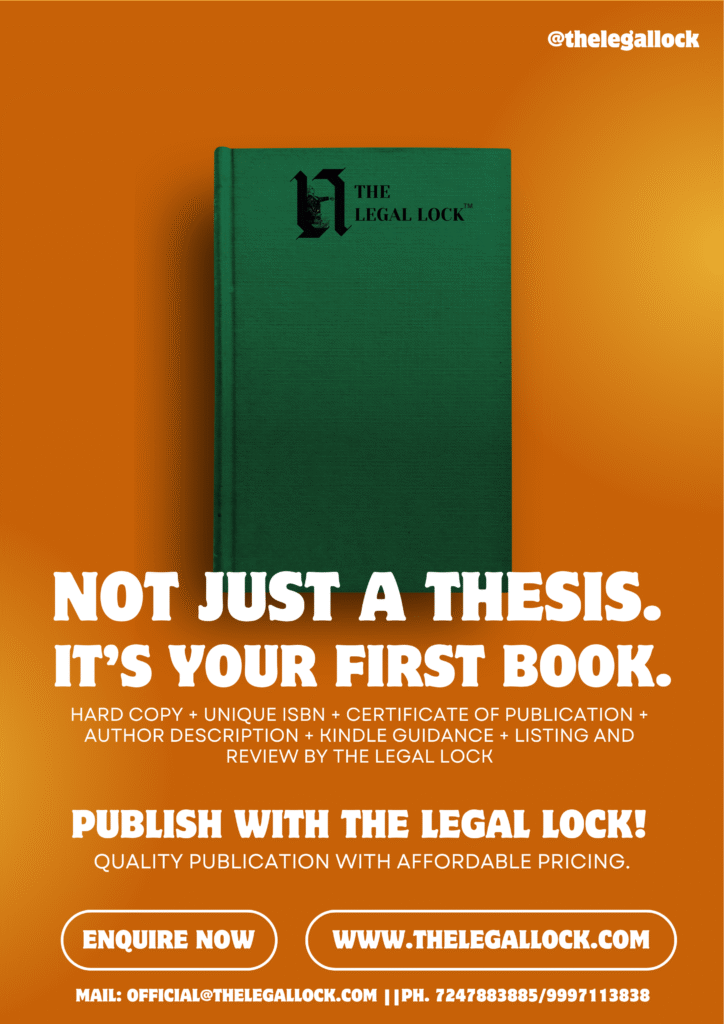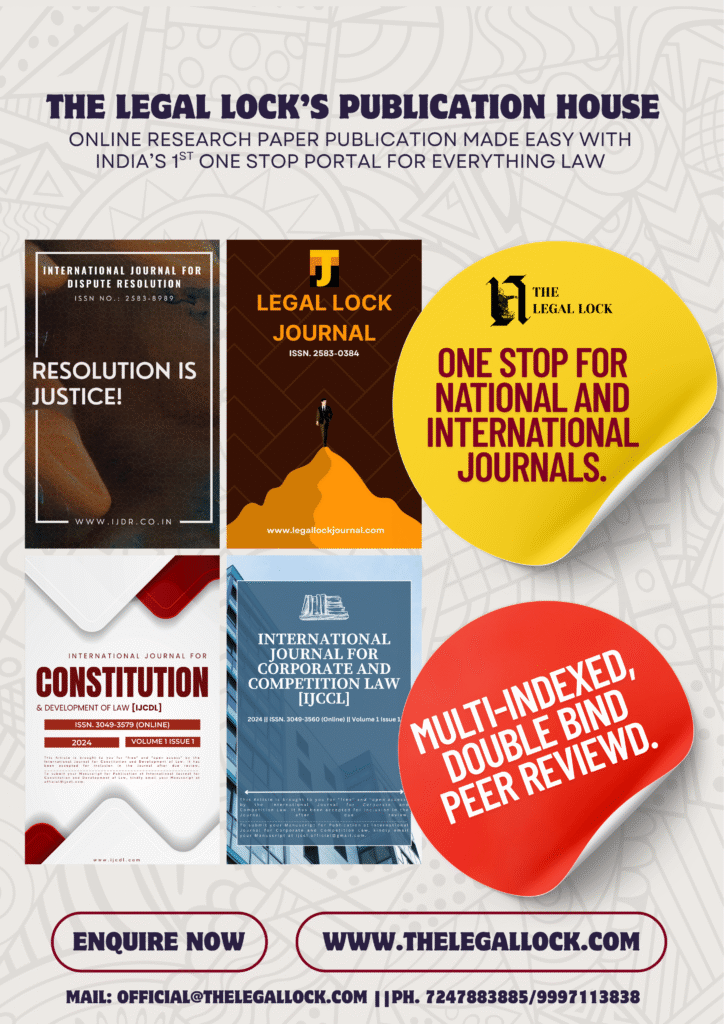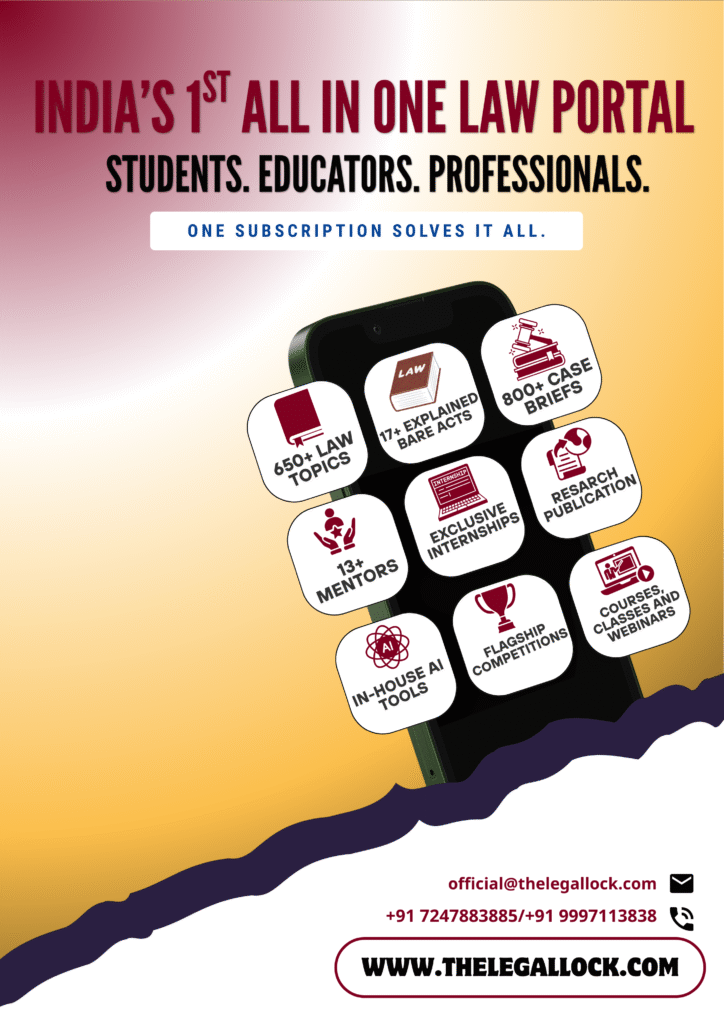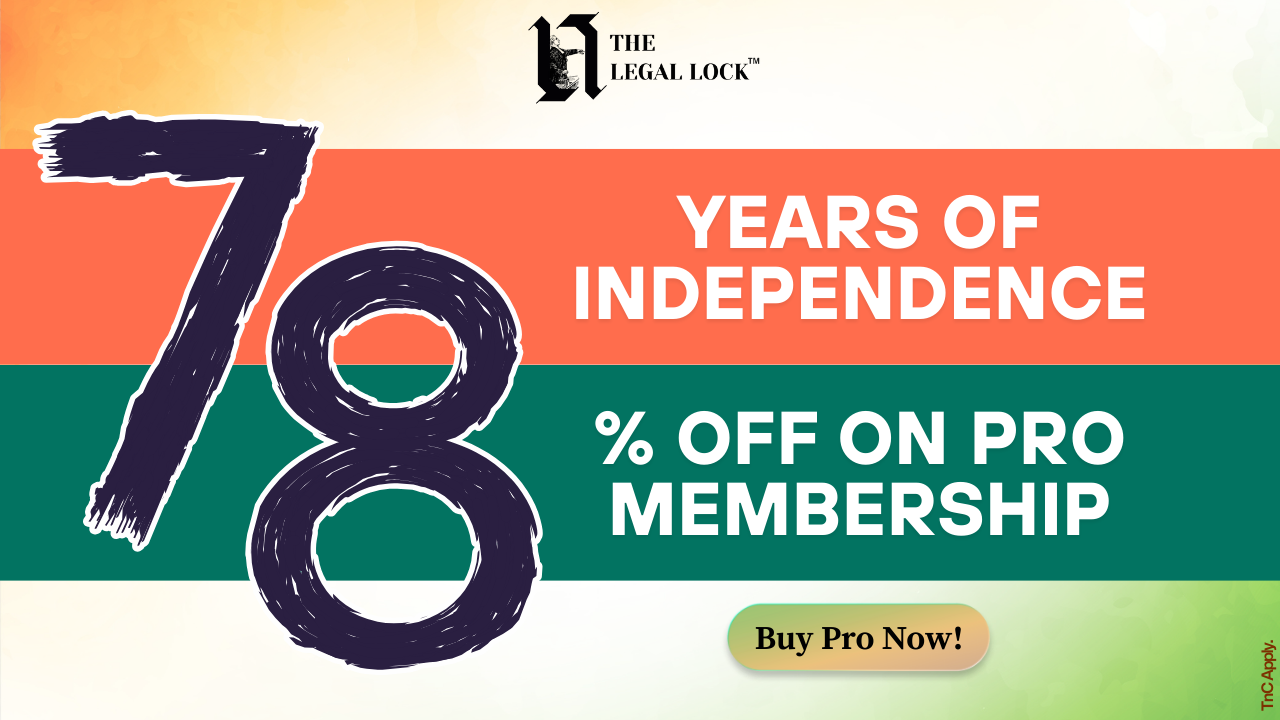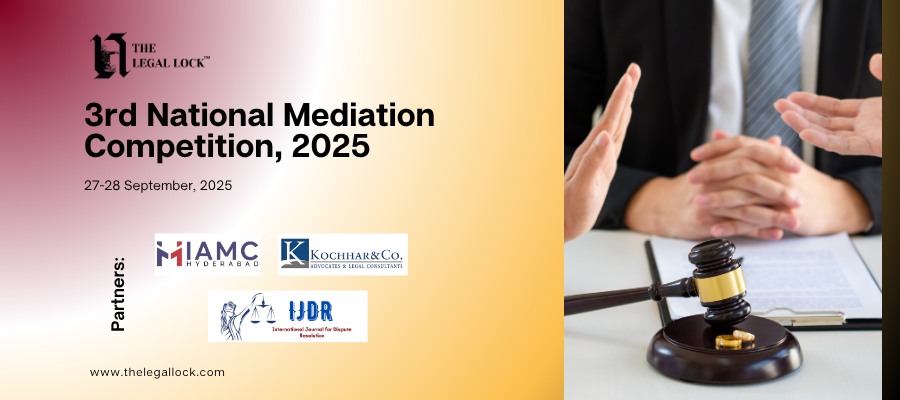Case Brief: Sri Shankari Prasad Singh Deo v. Union of India
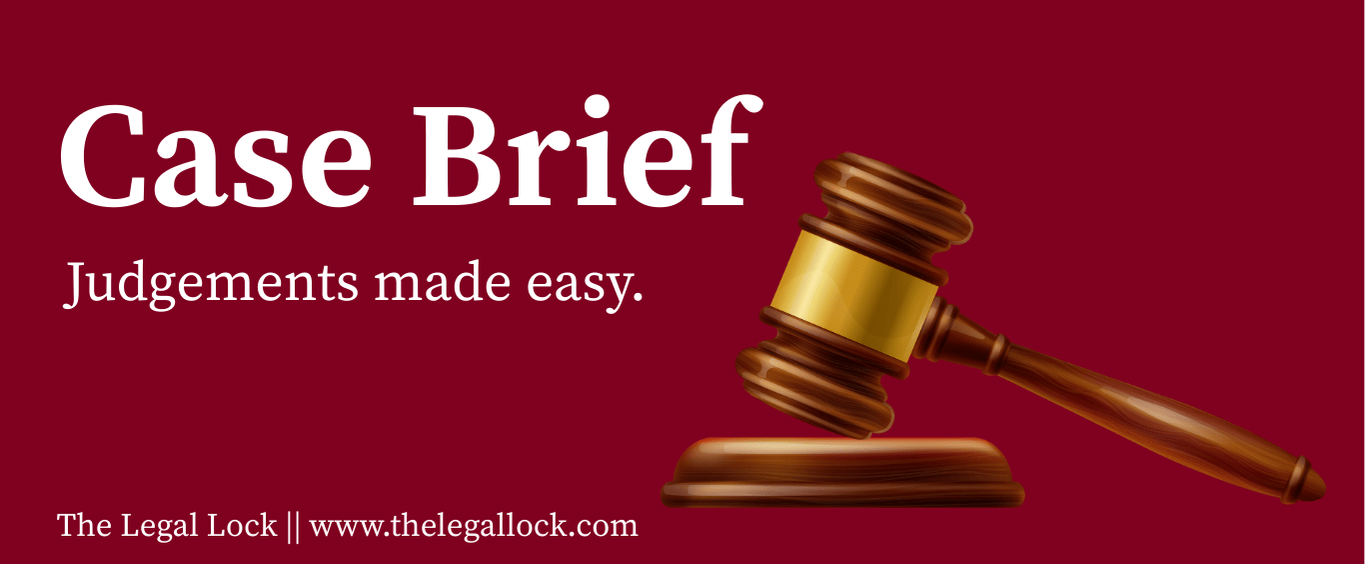
| CASE NAME | SRI SHANKARI PRASAD SINGH DEO VS UNION OF INDIA |
| CITATION | SCC 966: 1951 |
| COURT | SUPREME COURT OF INDIA |
| BENCH | JUSTICE M. PATANJALI SASTRI, B.K. MUKHERJEA, SUDHI RANJAN DAS, N. CHANDRASEKHARA AIYAR, CHIEF JUSTICE HIRALAL KANIA |
| PETITIONERS | SRI SHANKARI PRASAD SINGH DEO |
| RESPONDENTS | UNION OF INDIA (INCLUDING STATE OF BIHAR) |
| DECIDED ON | WRIT PETITION 382 OF 1951,DECIDED ON OCTOBER 5, 1951 |
INTRODUCTION
The battle between the Indian Parliament’s amending power and the Fundamental Rights guaranteed by Part III of the Indian Constitution is one of the biggest and longest-running in the country’s independent history. The struggle between Article 13 and Article 368 also served as the catalyst for this conflict. The aforementioned battle, which lasted for decades and at one time appeared to go on forever, was typified by a struggle between the Legislature and the Judiciary. Even though the aforementioned battle was quite long, it had a lasting impact on the Indian legal system. The long-running conflict between the Parliament’s amending power and the Fundamental Rights is essential to comprehending the Indian Constitution since it served as a major inspiration for the concept of the “Basic Structure of the Constitution,” or “Basic Structure Doctrine,”.The court did, however, split with the understanding that fundamental rights are inalienable in this situation.Furthermore, the Supreme Court interpreted Article 13(2) narrowly, adopting the perspective of an Independent Nation through property acquisition. Since it was the first case to challenge the 1951 First Constitutional Amendment Act, the case of Shankari Prasad v. Union of India is known as a landmark decision. The case cast doubt on the Act’s validity on the grounds that it completely violates Part III of the Indian Constitution and should be declared unconstitutional.
FACTS
It is important to comprehend the Zamindari System notion in order to grasp the seriousness of this historic situation. Under British rule, three main systems—the Mahalwari, Ryotwari, and Zamindari systems—constituted the Indian Land Revenue System. For the next few paragraphs, we shall only be concerned with the Zamindari System. It was introduced by Lord Corwallis in the provinces of Bengal, Bihar, Orissa, and Varanasi and was known as the Permanent Settlement System. They were zamindars, the proprietors, sometimes referred to as “the landlords,” with the power to collect rent. The rent was to be collected from the peasants, which made a low yield insignificant. Petitioners filed cases before India’s Supreme Court under Article 32. In these petitions, the unifying concern was whether the Constitution (First Amendment) Act, 1951—passed by the Parliament in interim—was illegal and exceeded its authority.
The Act sought to add articles 31A and 3lB to the Indian Constitution. In Bihar, Uttar Pradesh, and Madhya Pradesh, the then-majority government implemented a number of agrarian reform measures through the enactment of laws collectively known as the Zamindari Abolition Acts. Part III of the Constitution gave them fundamental rights, which some zamindars felt were breached, leading them to dispute the legitimacy of such Acts in court. The analogous statutes of Uttar Pradesh and Madhya Pradesh were upheld as lawful by the High Courts of those two states, however the Patna High Court ruled that the Bihar High Court’s Act was unlawful. The Supreme Court was still considering appeals of those rulings. There were also outstanding Supreme Court petitions filed by several other zamindars asking for the same question to be answered.
In order to end the litigation and address what they saw as certain flaws in the way the Constitution operated, the Union Government at that point introduced a bill to amend the document. After making changes to a number of specifics, the bill was approved by the necessary majority and became the official Constitution. In a swift response to the government’s action, the zamindars filed the current petitions under Article 32 of the Constitution, challenging the validity and constitutionality of the Amendment Act itself.
ISSUES
- If certain provisions have been added to the First Amendment Act, does this mean it violates the Fundamental Rights?
- If the First Amendment Act goes beyond the bounds of the Indian Constitution?
- Do constitutional amendments fall inside the definition of “law” as defined in Article 13 of the Indian Constitution?
ARGUMENTS OF BOTH SIDES
Citing Article 13(2) of the Indian Constitution, which says that “The State shall not make any law which takes away or abridges the rights conferred by this Part and any law made in contravention of this clause shall, to the extent of the contravention, be void,” the Petitioner’s Counsel fiercely argued that the First Amendment Act violated the Indian Constitution’s guarantees of fundamental rights. The passage mentioned above provides strong support for the petitioner’s primary argument, which is that the parliament cannot enact legislation that violates the Fundamental Rights specified in Part III of the Indian Constitution. Even after the petitioner presented a thorough case, the Court stated in its ruling that it was “difficult, in the absence of a clear indication to the contrary, to suppose that they also intended to make those rights immune from the constitutional amendment.”
The astute legal representative in Shankari Prasad v. UOI contended that, as the authorised body, only the two chambers of Parliament possess the power to modify the constitution. As such, the temporary Parliament lacked the legal right to wield such power. Moreover, the attorney argued that Article 368 is a self-contained clause that prohibits bill revisions once they are introduced in the House. It is recognized that the measure in question underwent numerous amendments during its passage, so it cannot be said to have been passed in accordance with Article 368’s guidelines.
Three types of changes to the provisions of the Constitution are permitted, according to the lawyer for the respondent in the Shankari Prasad case:
- Simple majority amendments are permitted.
- Article 368 specifies amendments that call for a special majority.
- Amendments that, in addition to the special majority specified in the second category, require ratification by resolutions approved by at least half of the States included in sections A and B of the First Schedule.
According to the legal representative, the first category—which consists of the President and the two chambers of Parliament—is granted the power to make revisions.
JUDGMENTS
As per the ruling of the Supreme Court of India, an amendment does not automatically lose its constitutional validity under Article 13 (2), even if it is considered to be more important than any regular legislation passed. The court further explained that although the term “law” in Article 13(2) generally refers to the power and authority of the Constitutional Amendment, it also reflects the ordinary power of the legislature. In fact, under Article 368, the interim Parliament has the authority to change the Constitution. The amending body and Parliament are both included in Article 368, and the wording “two Houses” does not indicate that one is distinct from the other. As a result, the amendments made by the Parliament with respect to its constitutional lowers are exempt from Article 13(2) [including the power and authority to make changes in Fundamental Rights].
Additionally, the court decided that “law in the context of Article 13 must be taken to mean rules and regulations made in the exercise of ordinary legislative power and not amendments to the Constitution made in the exercise of constituent power, with the result that Article 13(2) does not affect amendments made under Article 368.”The Indian Supreme Court subsequently affirmed the constitutionality of the First Constitutional Amendment, 1951. Yet, the court divided with the understanding that fundamental rights could be considered inalienable in this situation. The court determined that, despite the fact that constitutional law is sometimes referred to as “law,” it is evidently distinct from ordinary laws passed by legislatures and laws created by constituent power.
Regarding Article 13, “law” refers to rules or regulations imposed by regular legislative authority rather than constitutional modifications made by constituent power. As a result, modifications made in accordance with Article 368 are exempt from Article 13(2). Furthermore, the court determined in the Shankari Prasad Case that neither the Constitution (First Amendment) Act of 1951’s Articles 31A and 31B nor their introduction impede the High Court’s ability to issue writs under Article 226 to defend rights guaranteed in Part III of the Constitution.
ANALYSIS
The SC modified the scope of Article 13(2), adopting the perspective of an Independent Nation through the purchase of property. At last, the attorney in Shankari Prasad v. Union of India underlined that the petitioner’s claim that Article 368 is not a stand-alone clause is false. Certain procedural irregularities were exposed in the way laws are proposed, approved by both Houses of Parliament, and signed into law. Because it advanced the Basic Structure Doctrine, Shankari Prasad’s case was genuinely a landmark ruling. Despite its failure to protect Fundamental Rights, the Apex Court was crucial in the development of the Basic Structure Doctrine. This case brought to light a contentious issue surrounding the Indian Constitution: the Parliament’s authority to change the document, particularly with regard to the Fundamental Rights.
The court concluded in Kesavananda Bharti’s case that while the Constitution might be amended, its fundamental framework could not be changed. Despite this, the minority judges in the Kesavanada Bharti case decided that the fundamental rights cannot be changed. The Basic Structure Doctrine is reiterated in The Indian Supreme Court has upheld the Basic Structure Doctrine in multiple rulings. So, it coud be understood that Golaknath has played a significant role in shaping up the constitution by helping correct flaws present in the system at that point of system.



